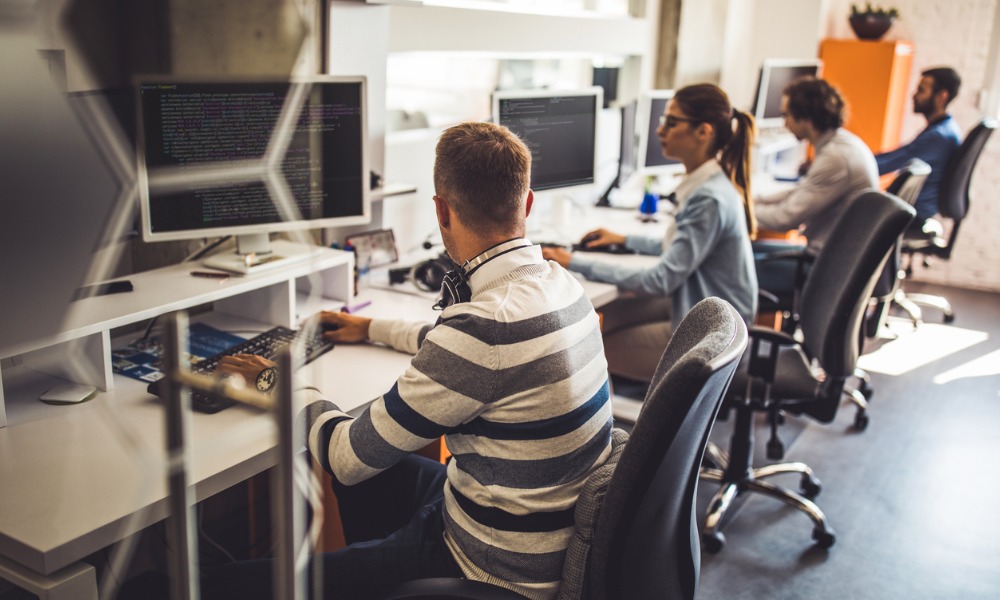
What do employees need from a workspace post-pandemic?

The pandemic has hit accelerate on a whole list of workplace trends but one of the most significant upheavals is the role of the office.
Before 2020, the office was simply somewhere the majority of employees went to do their job, day in, day out. Going to the office was the default and most of us hadn’t imagined anything different. But now, the future of the office hangs in the balance. Has the physical workspace become less important, or has its purpose fundamentally changed?
Like the move from open planned offices to cubicles in the 1980s and then the rise of hotdesking and start-up style casual workspaces in the early 2000s, office design is always evolving as our working lives shift and change too.
Speaking to HRD, Emily West, senior associate and global designer at M Moser Associates, said the pandemic has accelerated the rise of ‘behaviour-based’ office layouts.
“A behaviour-based approach is about changing the angle to our investigation at the start of a project,” she said. “Instead of asking people about the type of tasks they need to do in the office, it’s about asking what do you need to be motivated? What do you need to do your best work? How does it feel to go into the office? What do you experience when you go into the reception?”
Read more: Office perks: What’s important to Gen Z?
In behaviour-based design, the company’s culture and feel is prioritised alongside the functional aspects of the office space. With many organisations now embracing hybrid working, allowing staff to utilise a mix of time at home and in the office, this focus on feel has become more important than ever.
Businesses are having to rethink how they lure staff back into the office – and the space itself is a key factor. Many HR leaders have acknowledged that the driving purpose of the office has changed and rather than a place to get work done, it’s primarily a space to collaborate and socialise.
When global tech firm Okta began work on its new North Sydney office, designed by M Moser Associates, it was the first to undergo the company’s dynamic work treatment. That meant pairing the office’s design with the company’s future focused needs.
West said Okta had five main aims – client experience, cross collaboration, peer learning, social culture and sustainability. From there, West drilled down into the user experience across different employee groups like sales, marketing, finance, and HR, to find out what their typical day in the office looked like. By combining this functionality with the culture aspect, the result was a varied office layout that suited different types of working. From the energetic collaboration spaces optimised for the sales and marketing teams at one end, to the private meeting rooms for HR at the other, the design reflected the needs of each role.
Read more: Flexibility set to be key battleground issue as employers push for office return
West said post-pandemic, there is a greater need to balance quiet areas with individual desks and collaboration spaces. Underpinning it all is technology. In the Okta office, every workspace now has wireless charging, enabling employees to move around with ease. Other features like high-speed internet connection, sophisticated video conferencing capabilities and virtual collaboration tools are also embedded into the design.
Because while Okta wanted to create an office space that employees were excited to return to, it also needed to function seamlessly for those working remotely.
“What I think has changed most significantly is that because more people are working at home, companies are needing to make sure that the experience and the inclusivity is equal,” she said. “People need to have an equal experience at home as they are in the office so the work that we've done to build in technology has been essential.”